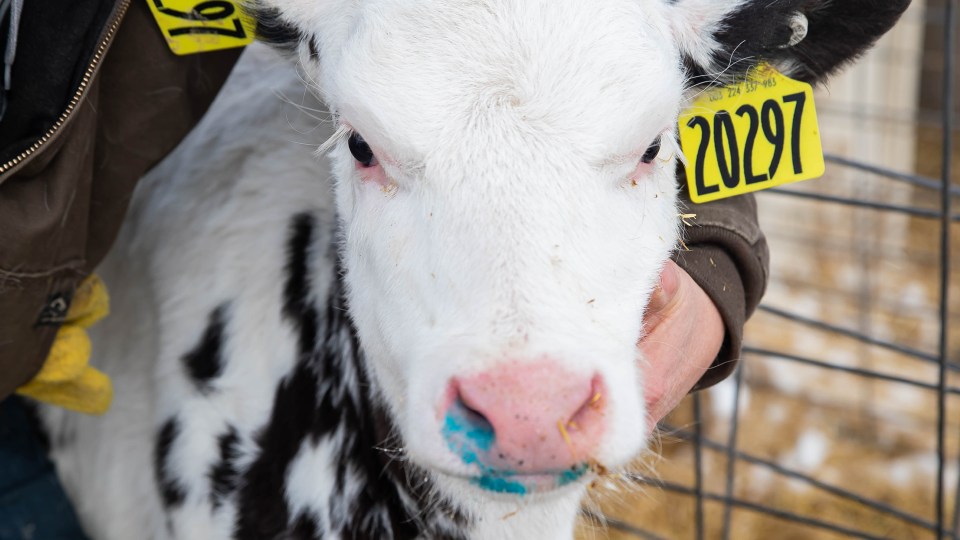Finding a better way to vaccinate young dairy calves
By Dr. Scott Nordstrom
Perhaps one of the most rewarding parts of my career has been to be part of a team that brings a new product or technology to market that improves dairy cattle health and well-being. One such example is the introduction of BOVILIS® NASALGEN® 3-PMH – the first and only intranasal BRD vaccine offering protection against both viral and bacterial pathogens.
This video shares the story of bringing this vaccine to market.
For decades it was believed vaccinating young animals would be ineffective because of maternal antibody interference. It was also known that vaccines administered subcutaneously had serious side effects in young animals. Scientists were looking for ways to bypass maternal interference in order to shorten the window in which newborn calves were susceptible to disease.

In 2006, our team met Philip Griebel, Ph.D., professor and research chair in neonatal mucosal immunology at the University of Saskatchewan School of Public Health. At a symposium, he presented information from a study in which lambs in utero were given antigens orally during the second trimester of gestation. At birth, when the vaccine was readministered, it was discovered that the offspring had memory of being immunized in utero.
This study, as well as work our team of researchers was conducting, revealed young animals could respond to vaccines. The information put in motion the lengthy process of introducing an innovative product to producers that advances herd health.
After being told for decades that bacterial antigens would not respond orally or intranasally, there was delight in learning that it worked better than anticipated. Once success was demonstrated and replicated, an approval project plan was developed with the USDA.
In order to gain the USDA’s approval, efficacy trials are conducted to assure antigens provide protection and do not interfere with one another’s ability to provide efficacy when administered in combination. Another set of trials are completed to confirm the attenuated bacteria in the vaccine didn’t revert to a virulent form and cause disease.
The USDA requires that efficacy trials be completed on colostrum-deprived calves. While this is an important step in seeking USDA approval, there was a need to determine how the intranasal product performed in a realistic environment. This took more time but provided the answers that were needed.
Also, duration of immunity (DOI) trials are not required for licensure, but they can be conducted to determine how long the vaccine would be effective. Time points that match a critical production time and are convenient for producers were selected. DOI trials provide guidance to veterinarians on how long immunity will last, which means animals need fewer vaccines, resulting in product and labor cost savings for farmers.
This fascinating process of bringing a new product to market requires collaboration between the private and public sectors. Both sides need each other in order to be successful and bring advancements to farmers. Companies are continually canvassing universities and public agencies, reviewing the work that is being done. It’s a prime example of both sides working together to reach a unified goal.
Find more content for your dairy operation.
About the author

Scott Nordstrom
D.V.M.,
Director of New Product Development,
Merck Animal Health
